Indigenous knowledge and science team up to triple a caribou herd
In one project in British Columbia's Rocky Mountains, expanding caribou populations and habitats starts with protecting mothers and their calves.

This article was originally published in Mongabay and has been reproduced here with permission as part of the SoJo Exchange from the Solutions Journalism Network, a nonprofit organization dedicated to rigorous reporting about responses to social problems.
Caribou are proudly displayed on Canada’s 25-cent coin, but in the wild, their populations are on the verge of annihilation. Carmen Richter from the Saulteau First Nations is working to change that.
She’s part of an Indigenous-led conservation program whose interventions have led one caribou herd in western Canada to triple its population in less than a decade, according to a new study.
Starting in 2013, two First Nations communities in central British Columbia partnered with scientists and government officials to tackle the decline of the caribou (Rangifer tarandus), known outside North America as reindeer.
Environmentalists say the mix of traditional knowledge from Indigenous elders, hands-on community engagement, and Western science offer a model for improved conservation.
“Indigenous values are the captain that steers the boat, but … both systems are being used to benefit caribou,” says Richter, who has been a driving force on the project for years. “Western science has been heavily utilized, but it’s been led by Indigenous goals and ways of knowing.”
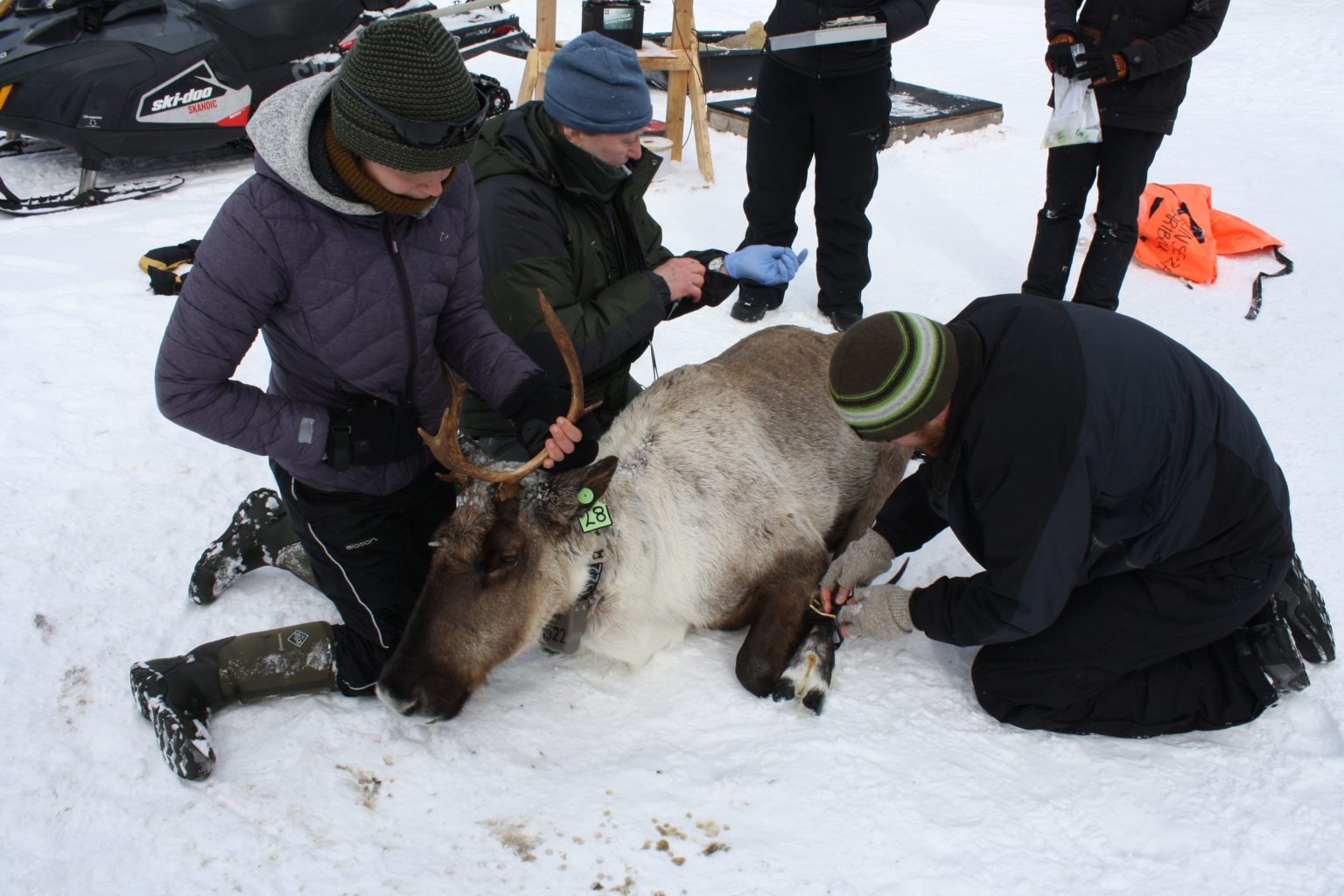
That collaboration is paying off. The size of the Klinse-Za mountain caribou herd rose from 38 animals in 2013 to 113 this year, said the study published in March in the journal Ecological Applications.
“We had a feeling the caribou could be lost within our generation; this work sort of rewrites that narrative,” says Clayton Lamb, a postdoctoral researcher at the University of British Columbia (UBC) and one of the study’s authors. “Indigenous elders talked about them once being as abundant as bugs on a landscape.”
Down to business with maternal pens, armed guards
To try and rebuild the herd, the West Moberly First Nations, Saulteau First Nations and the government hired a consulting firm, Wildlife Infometrics, to build special pens for expectant caribou mothers and their calves. The idea is to protect them from predators during this especially vulnerable stage of their lives.
The work on occasion requires airlifting pregnant caribou by helicopter into the 6-metre-tall (20-foot) pens on snowy peaks in the Rocky Mountains.
Protected by electric fencing, the pens are made from landscape cloth, Lamb says. Indigenous guardians tend to the expectant caribou mothers and their babies once they’re born, making sure they have enough food.
Members of the First Nations patrol the pens with guns to fend off wolves and other predators. Indigenous hunters on the ground, and government officials in helicopters, also shoot wolves to reduce their overall numbers. It’s unclear how many wolves have been killed in a bid to protect caribou, as the culling is done by both government contractors working from helicopters and Indigenous guardians on the ground, and collated data isn’t kept in a central location.
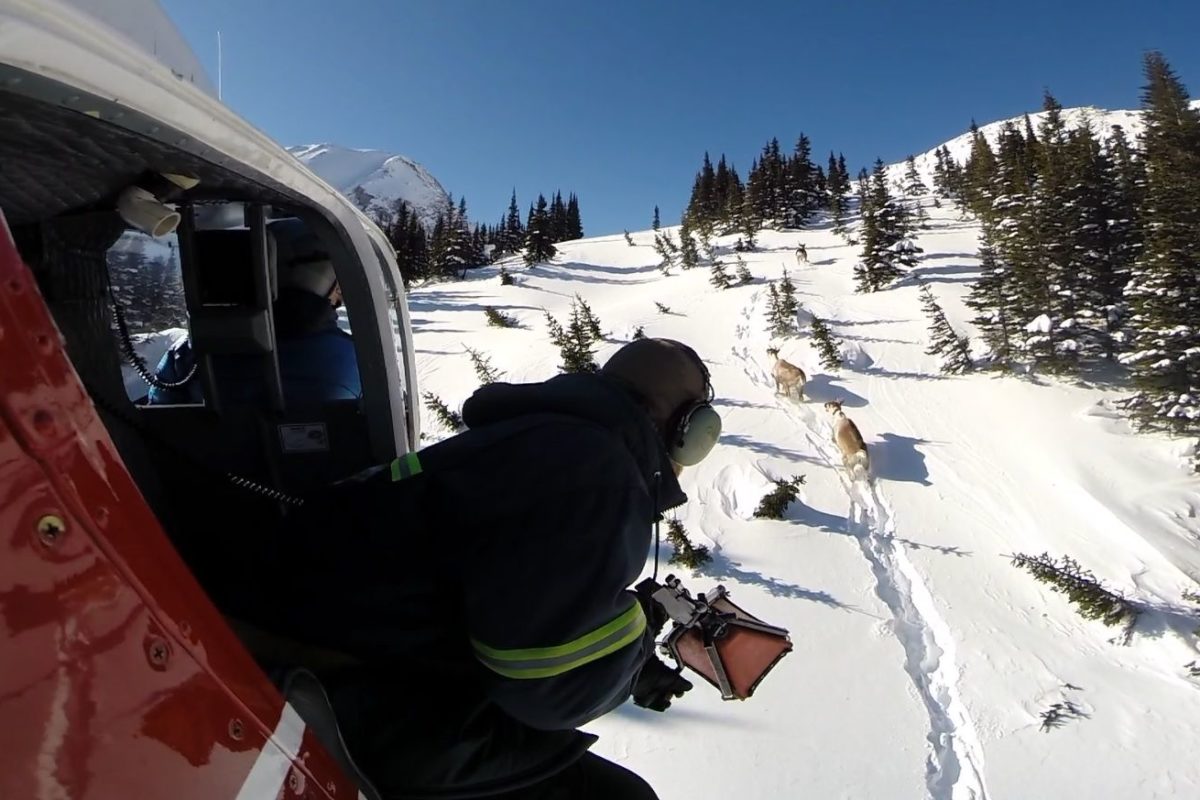
After they’re born in the spring and able to better fend for themselves, the caribou calves are released with their mothers from the pens, says Richter, who is a co-author on the research paper. As they grow, they’re monitored by scientists and First Nations members.
It’s an intense operation. One caribou can consume an entire shipping container full of lichen annually, says Richter, who studies lichens as a biologist. Gathering the lichen requires careful planning and lots of work: it must be picked by hand to avoid damage and requires months to dry out.
Fortunately for the team behind the project, there’s plenty of help. Schoolkids from the two First Nations and a small army of volunteers spend weeks gathering the lichen, Richter says, working together outside to properly store and transport it so the pregnant caribou mums have enough food for their babies.
It’s a time-consuming and expensive process that can’t continue indefinitely, but it has been working, says Darcy Peel, director of caribou recovery efforts for the B.C. Ministry of Forests, Lands, Natural Resource Operations and Rural Development.
“This isn’t exclusively [a] B.C. issue; it’s a challenge across the country,” Peel says. “In terms of the leadership of West Moberly and Saulteau … you can’t really measure that in terms of how it helps caribou.”
The province spends about C$300,000 (US$240,000) annually to help finance the project, he adds.
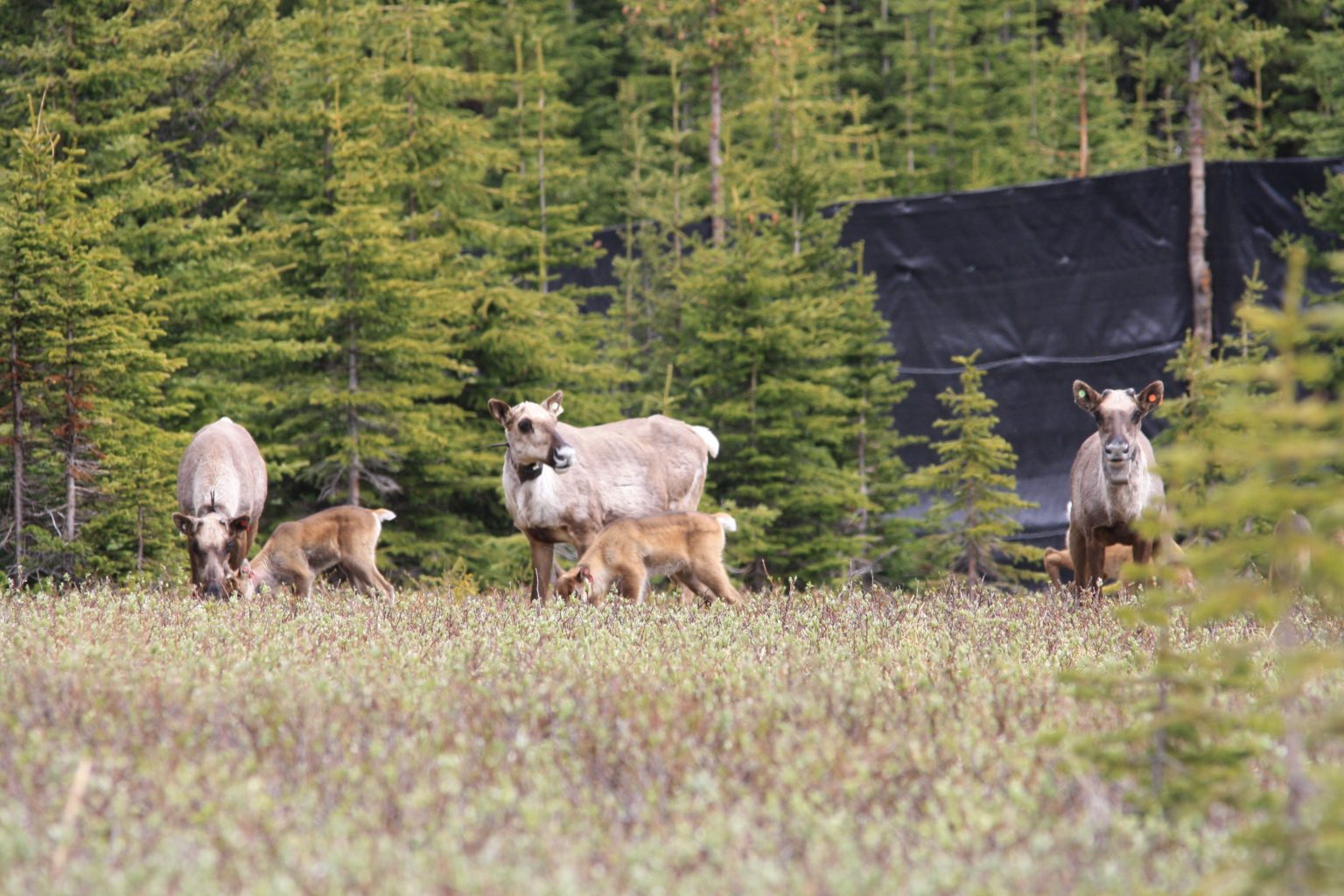
The two First Nations and businesses have also contributed tens of thousands of dollars. Elected officials in the West Moberly First Nations and Saulteau First Nations did not respond to interview requests.
For Indigenous communities across British Columbia and beyond, caribou are culturally crucial as a historical food source used in key ceremonies. Before the 1970s, members of the First Nations used to work as guides, earning a living by helping tourists hunt the prized animals, Richter says.
Population declines led the First Nations to stop all hunting in the 1970s, she adds, as industrial development, including roads, logging and energy extraction projects, fragmented caribou habitat.
“Sadly, we have many species in decline in B.C., but caribou are a species that require an expansive landscape in which to feed, thrive and raise their calves,” says Sophia Cuthbert from the Habitat Conservation Trust Foundation, a B.C.-based nonprofit that’s not directly involved in the Indigenous-led project. “Caribou and their calves have simply not evolved to a landscape like this, and mortality rates show this.”
Landscape changes, including fewer trees, have led to more moose and deer moving into the area, Peel says. Wolves and other predators followed, hunting down caribou that were already suffering from habitat reductions.
Reestablishing a large land base to allow caribou to thrive again without human interventions is key to long-term success, Peel says. And there’s been some movement in that direction.
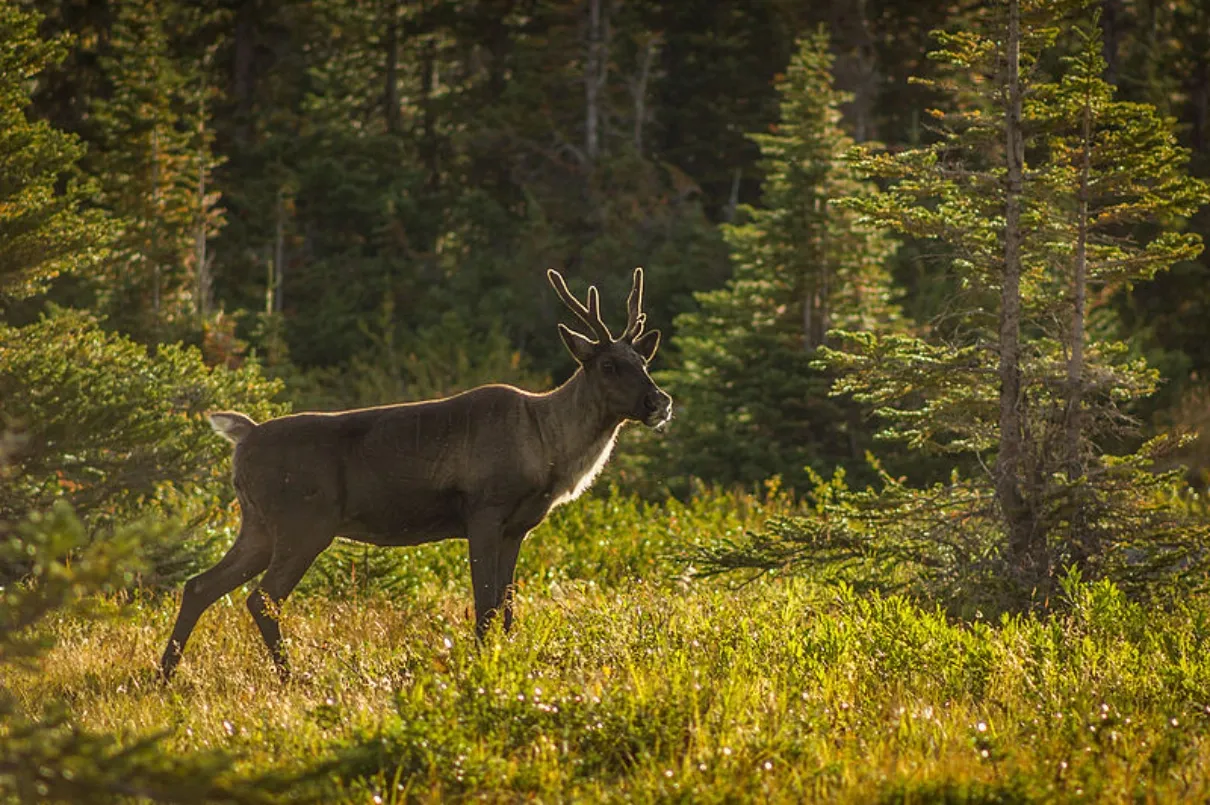
In 2020, the two First Nations signed a deal with the federal and provincial governments to protect more than 7,000 hectares (17,300 acres) of additional land for caribou habitat. The communities had signed previous treaties with the government for their reserve areas, but that land base hasn’t been nearly enough for caribou herds to regenerate.
The new conservation area allows for camping, hiking and other low-impact activities, but generally forbids hunting, snowmobiling or new industrial projects, says UBC’s Lamb.
The task over the next decade involves replanting trees on the protected land to rebuild an ecosystem conducive to the return of the caribou, he says. “That sounds simple in practice, but we don’t have any examples yet of landscape restoration that would restore caribou.”
Controversial wolf cull
While the caribou project has gained widespread support among many conservationists, it hasn’t been without controversy.
Initially, some local non-Indigenous residents worried habitat restoration efforts would hurt the area’s resource industries, including forestry and energy extraction.
“We’ve joked that we are movie stars down south and villains up north,” Richter says.
Wildlife conservation efforts are popular in big cities like Vancouver and Victoria, but more controversial in northern communities where resource extraction means jobs.
However, support for the project has grown among non-Indigenous residents in nearby communities, she adds.
Some campaign groups have also opposed one key element of the initiative: the wolf cull.
While supporting Indigenous-led conservation efforts and the right of First Nations to determine their own land-use plans, Laurie McConnell from the B.C.-based advocacy group Pacific Wild opposes the killing of wolves to rebuild the caribou population.
“There is no clear science that says it is the predator management that is having an effect [on boosting caribou numbers],” McConnell says.
“If you are going to ask a species to give up its life to protect another species, you should exhaust all other methods of management first. I don’t think it’s a lot to ask to have control group where maternal penning and feeding is used [without killing wolves to establish baseline data on the effectiveness of different options]” McConnell adds.
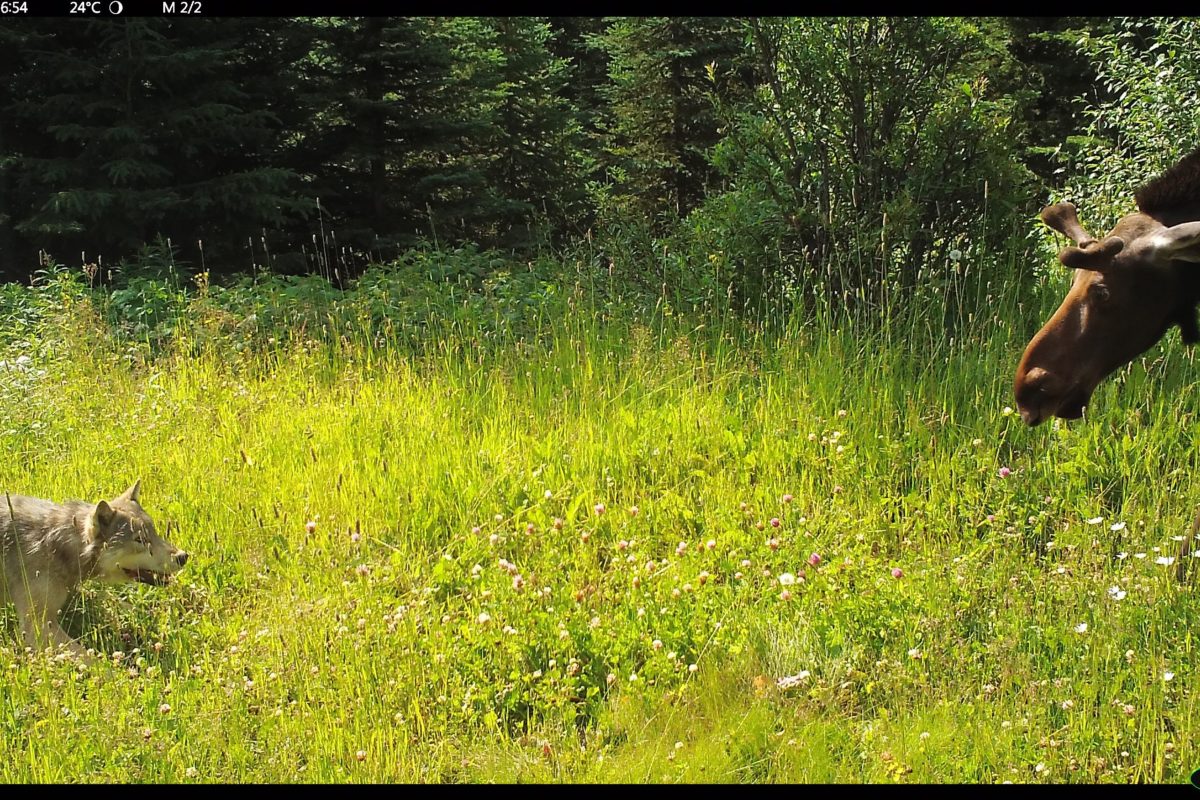
Peel from the B.C. government disputes that. Reducing predator numbers has been demonstrated as a key conservation tool, he says, adding there is consensus among scientists that maternal pens and feeding alone won’t be enough to rebuild caribou herds from such a low level.
In the case of the Klinse-Za herd, wolf culling is largely credited with helping triple the size of the herd as the region’s wolf population has increased out of balance.
As caribou numbers slowly rebound, the First Nations hope to hunt one or two adult caribou annually in the next few years for ceremonial purposes, Richter said. Community elders are still discussing how to share such a small harvest, she added, as 21st-century conservation challenges butt up against traditional resource allocation systems.
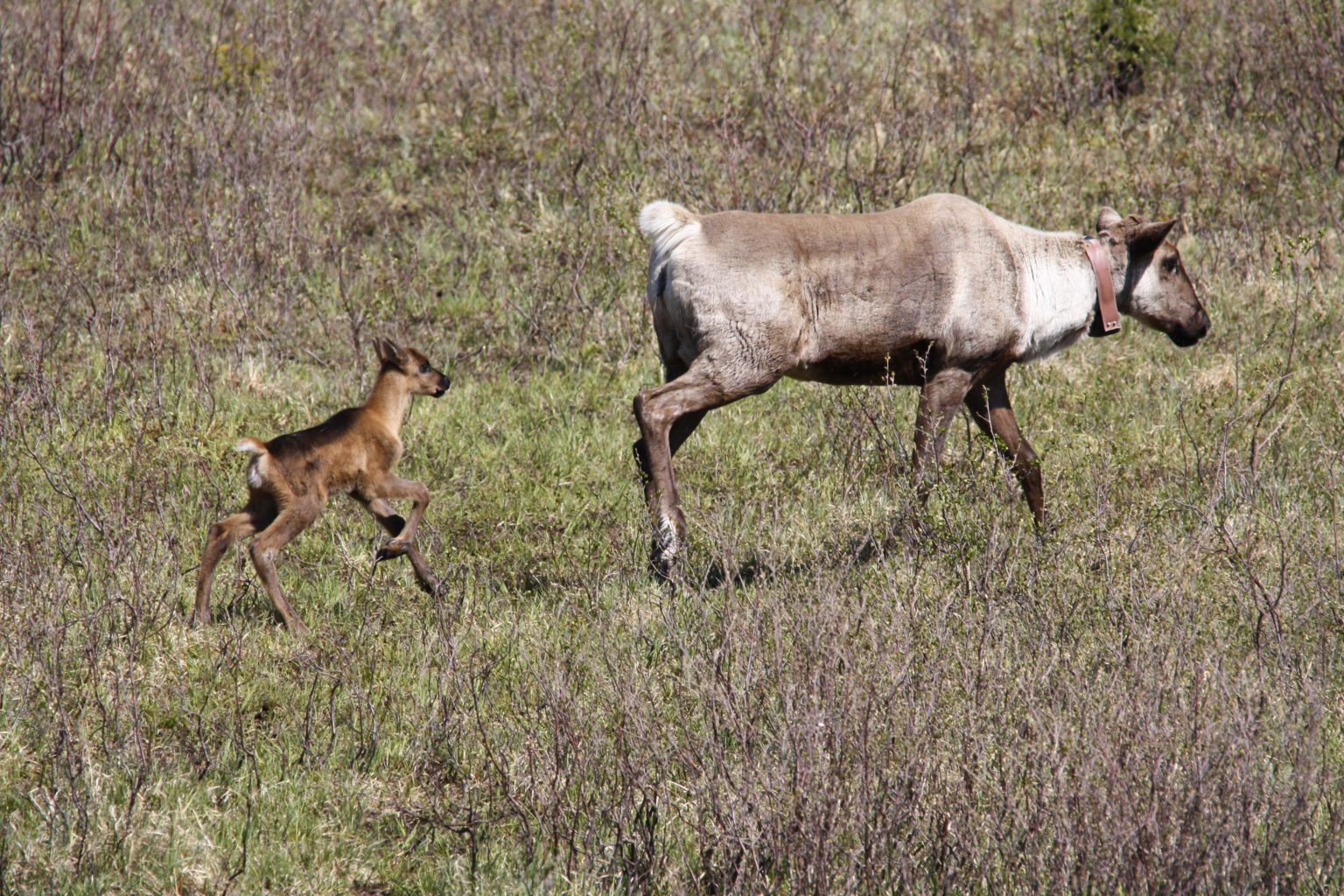
As Canada grapples with its colonial policies, Richter says the project is an example of how reconciliation between Indigenous and non-Indigenous people can happen in real time: communities with different skills and backgrounds working together for a common conservation goal.
“Overall, the province is getting used to Indigenous-led conservation and its benefits,” she says. “Indigenous-led doesn’t mean it doesn’t involve other people.”



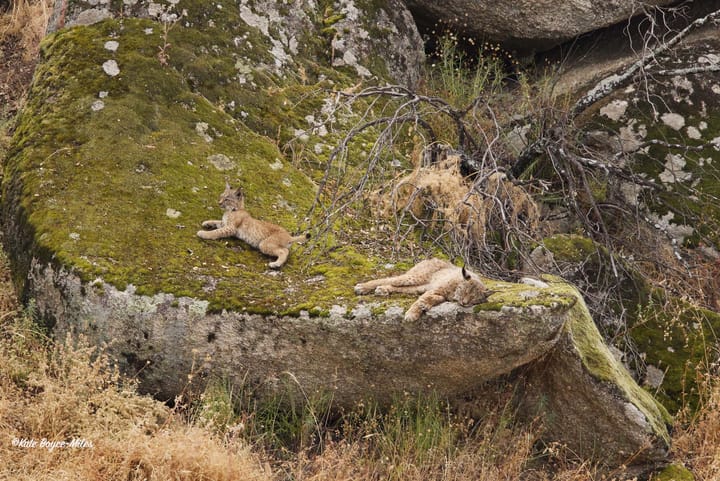
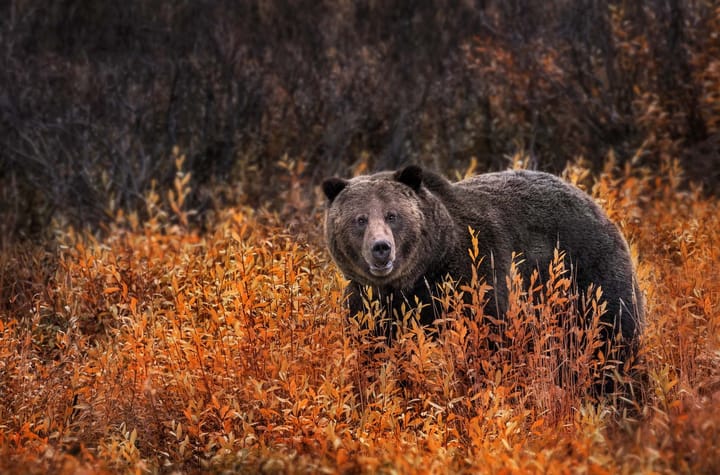



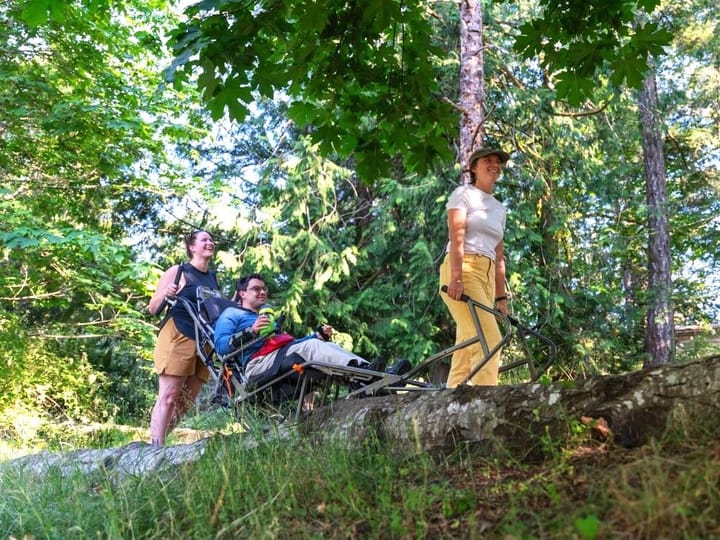

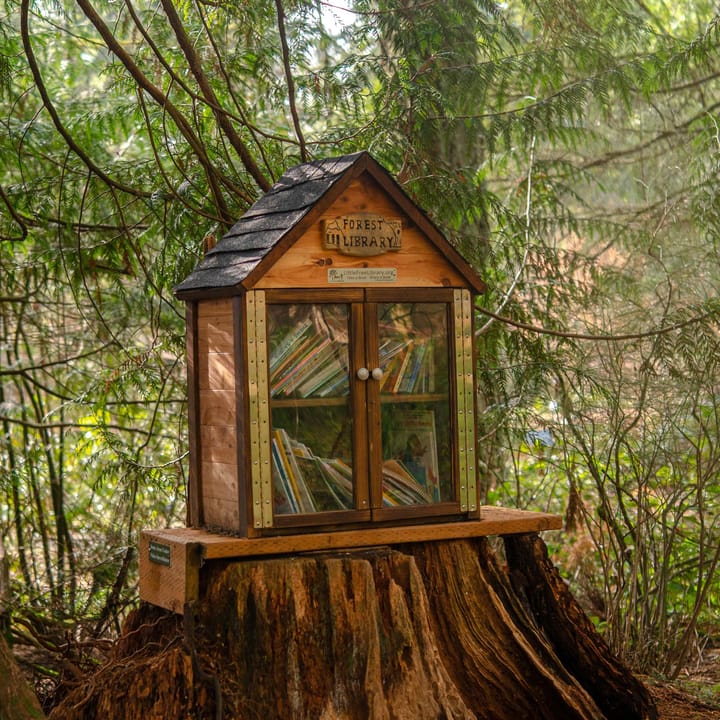
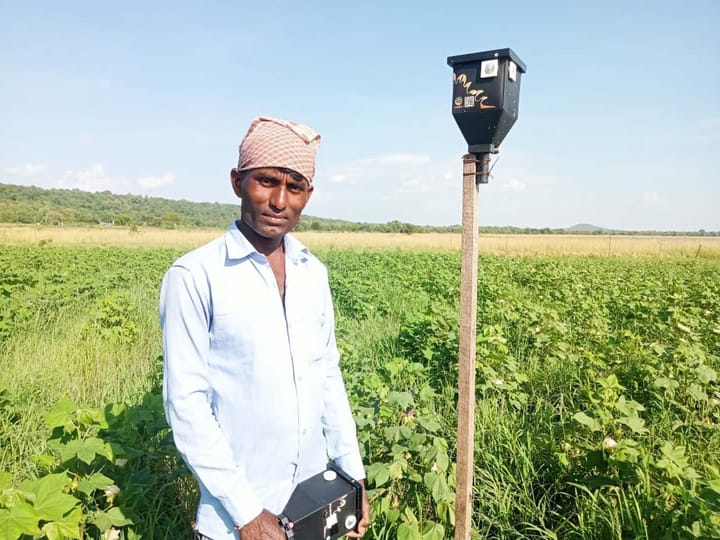
Comments ()